While substantial progress has been made in increasing access to clean drinking water and sanitation, billions of people – mostly in rural areas still lack these basic services. Worldwide, one in three people do not have access to safe drinking water, two out of five people do not have a basic hand-washing facility with soap and water, and more than 673 million people still practice open defecation.
The COVID-19 pandemic has demonstrated the critical importance of sanitation, hygiene and adequate access to clean water for preventing and containing diseases. Hand hygiene saves lives. According to the World Health Organization, handwashing is one of the most effective actions you can take to reduce the spread of pathogens and prevent infections, including the COVID-19 virus. Yet billions of people still lack safe water sanitation, and funding is inadequate.
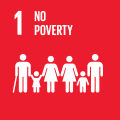

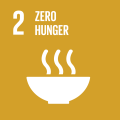

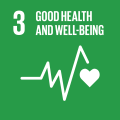

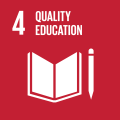

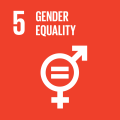

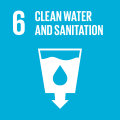

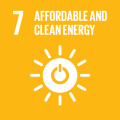

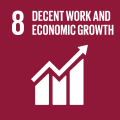

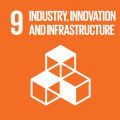

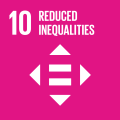

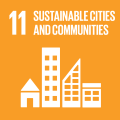

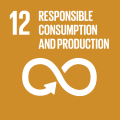

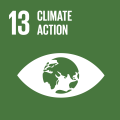

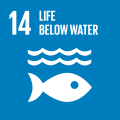

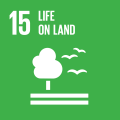

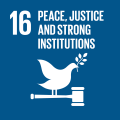

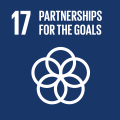

Facts & Figures
1 in 4 health care facilities lacks basic water services
3 in 10 people lack access to safely managed drinking water services and 6 in 10 people lack access to safely managed sanitation facilities.
At least 892 million people continue to practice open defecation.
Women and girls are responsible for water collection in 80 per cent of households without access to water on premises.
Between 1990 and 2015, the proportion of the global population using an improved drinking water source has increased from 76 per cent to 90 per cent
Water scarcity affects more than 40 per cent of the global population and is projected to rise. Over 1.7 billion people are currently living in river basins where water use exceeds recharge.
2.4 billion people lack access to basic sanitation services, such as toilets or latrines
More than 80 per cent of wastewater resulting from human activities is discharged into rivers or sea without any pollution removal
Each day, nearly 1,000 children die due to preventable water and sanitation-related diarrheal diseases
Approximately 70 per cent of all water abstracted from rivers, lakes and aquifers is used for irrigation
Floods and other water-related disasters account for 70 per cent of all deaths related to natural disasters
Links
United Nations
UN-Water
World Water Assessment Programme
UNESCO Water
UNDP Water and Ocean Governance
UN Water for Life Decade
UN-HABITAT Water and Sanitation
A Post-2015 Global Goal for Water: Recommendations from UN-Water
Water and Sustainable Development Goals
Information briefs on water and sustainable development
UN-Water Decade Programme on Advocacy and Communication
UN Water and Sanitation Best Practices Platform
Water Action Decade
Want to know more about
Sustainable Development?
Simply fill out your email and message and one of our agents will get back to you.
